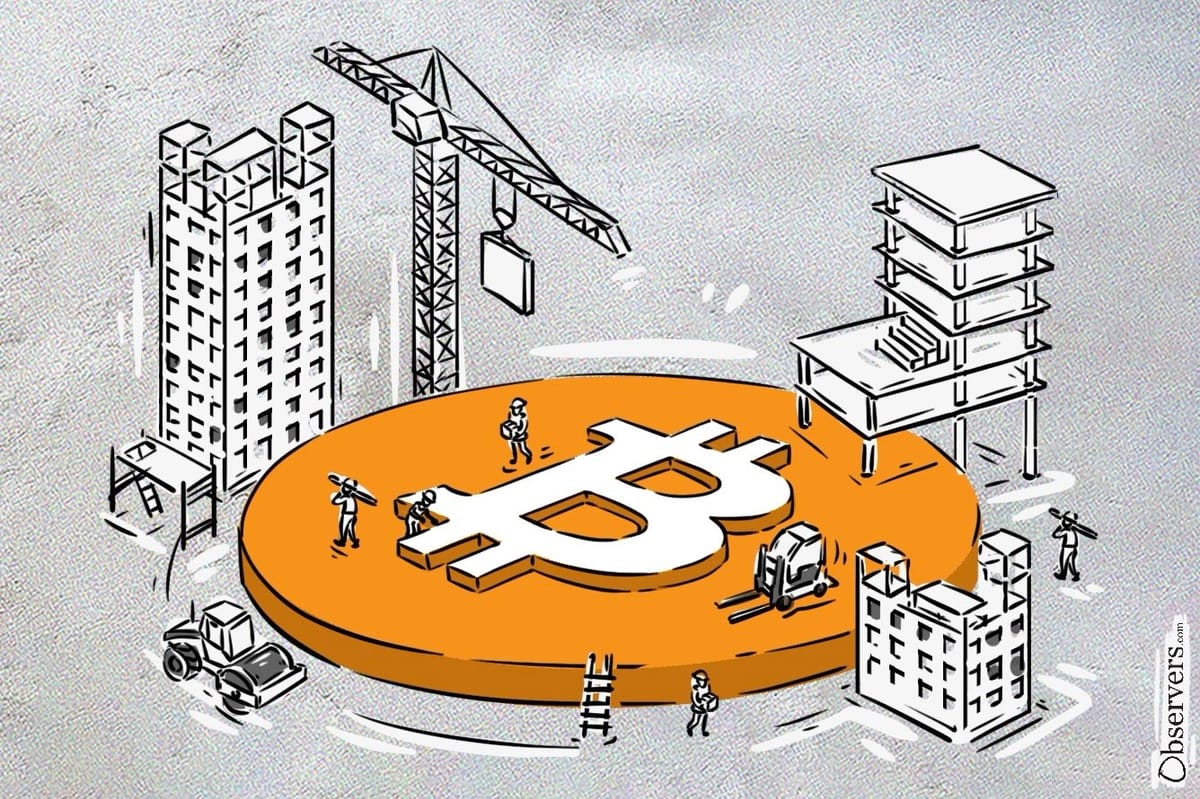
DeFi on Bitcoin (BTCFi) has become one of the fastest-growing crypto sectors in 2024. According to DeFiLlama, its TVL has grown from around $300 million to over $8 billion within a year, positioning it among the top three DeFi ecosystems.
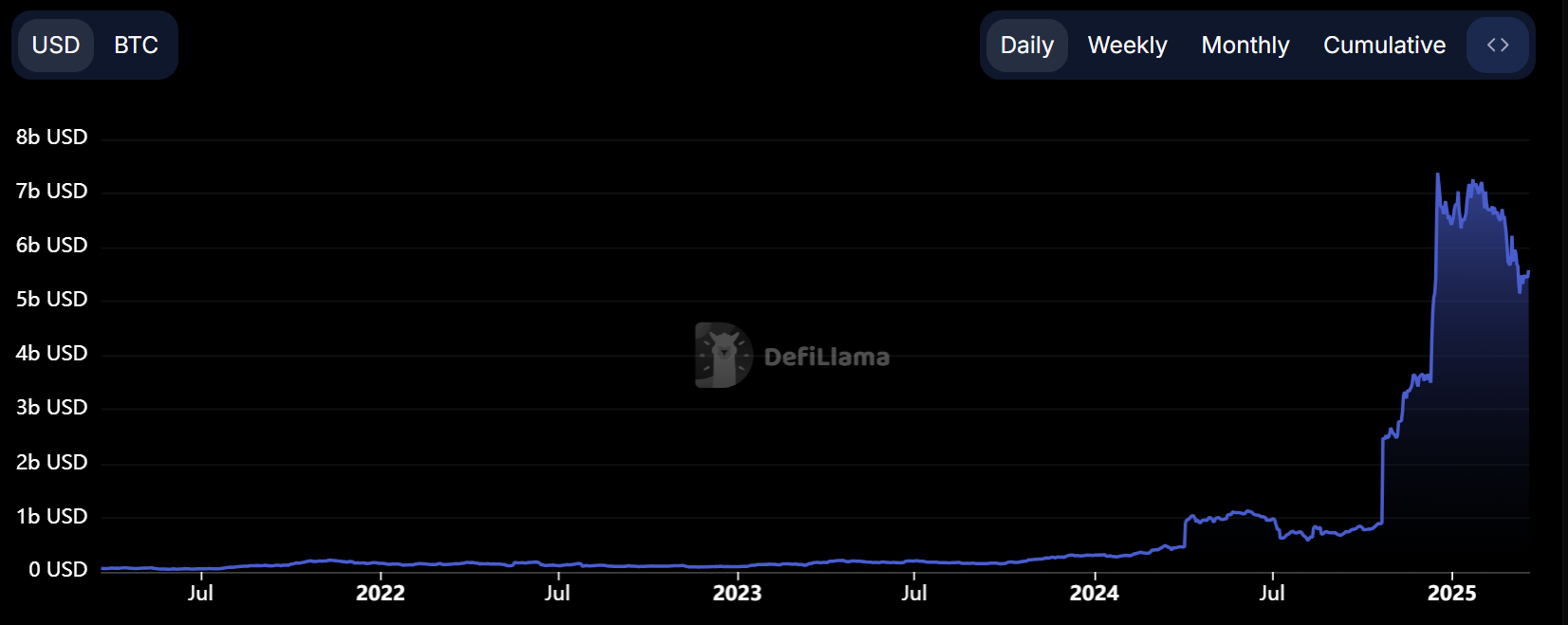
BTCFi is changing how people use Bitcoin. It expands its use beyond just storing value, building a broader decentralized financial ecosystem.
BTCFi statistics were covered in the latest Binance report.
Less Than 1% of Bitcoin Is Utilized in DeFi
With only ~0.79% of BTC currently utilized in DeFi, BTCFi may present a largely untapped opportunity.
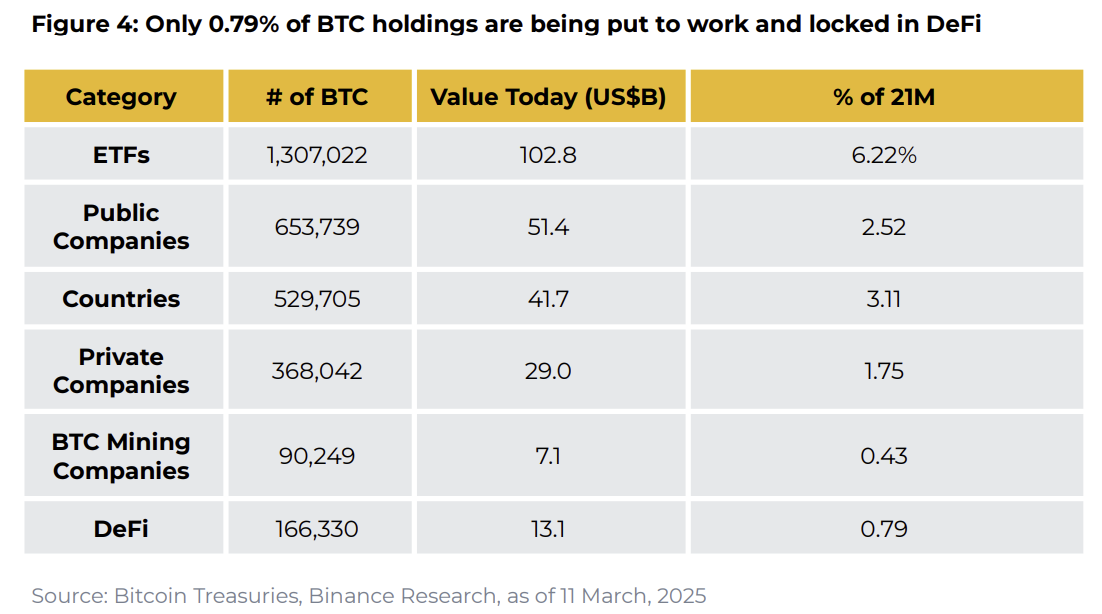
Over the last year, the market has seen significant growth in Bitcoin dominance. This dominance has been rising consistently for the past two years, driven by strong institutional adoption of Bitcoin.
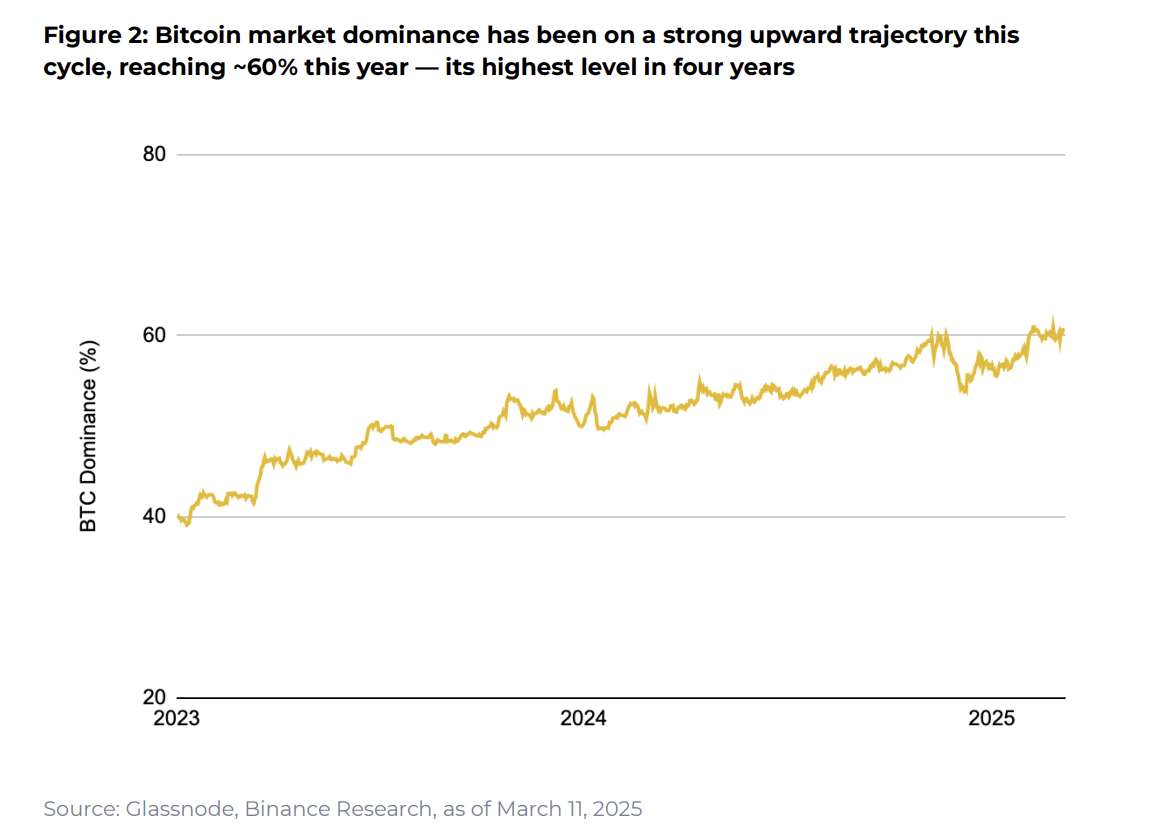
As BTC holdings grow across different sectors, interest in making them more productive will likely increase.
However, changing Bitcoin HODLers’ mindset won’t be easy. Over 60% of Bitcoin has stayed idle for at least a year, and this number has been rising throughout its history.
This rise in dormant BTC is primarily due to Bitcoin’s established role as a store of value, but it is also influenced by the limited options for holders to put their BTC to work.
As a result, despite its trillion-dollar market cap, Bitcoin remains one of the least active public blockchains.
However, this is starting to change. Advances in Bitcoin’s infrastructure are creating new opportunities for BTCFi.
Bitcoin DeFi Solutions
By design, the Bitcoin blockchain has no DeFi functionality. The majority of BTCFi is stored in Wrapped BTC contracts (~$21 billion), followed by native BTC in staking protocols and BTC on Bitcoin Layer 2s (L2s).
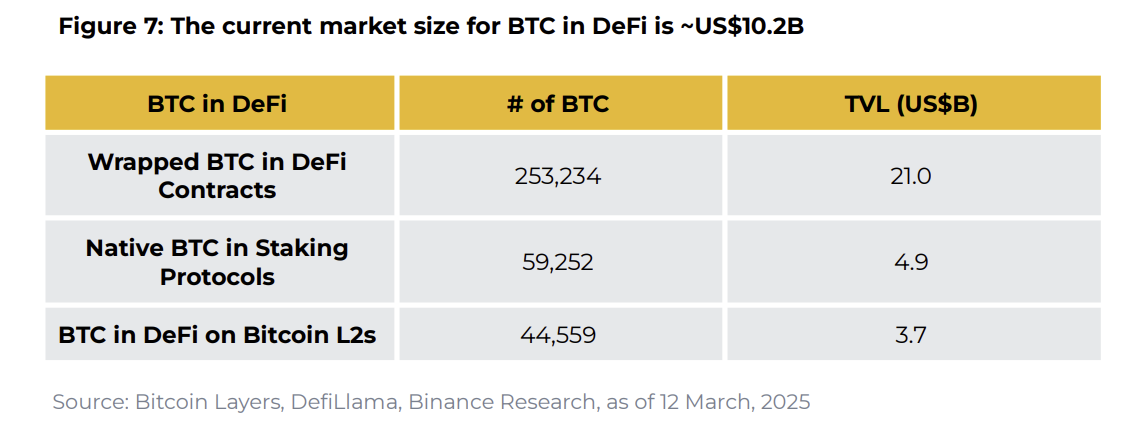
Wrapped BTC contracts allow Bitcoin to be used in DeFi on other smart contract-supporting blockchains by converting BTC into a tokenized version on those blockchains. It can be done through a custodial or non-custodial wrapping process, where Bitcoin is locked in a secure reserve and an equivalent amount of a wrapped token like WBTC on Ethereum or sBTC on Stacks.
These wrapped BTC tokens can then be used in DeFi applications, including lending, borrowing, and yield farming, while maintaining a 1:1 peg with Bitcoin.
The first of its kind, WBTC, was created in 2019 by digital asset infrastructure provider BitGo. It is currently the largest Wrapped Bitcoin in the market, with a circulating supply of around 130,000 BTC ($10 billion).
Other types of Wrapped Bitcoin include Threshold Network’s tBTC and the Ren Protocol’s renBTC. Coinbase’s cbBTC was launched on Ethereum and the exchange's own Base L2 blockchain in 2024 and quickly became the second-largest by TVL.
Native BTC in Staking Protocols
Native Bitcoin staking protocols operate similarly to EigenLayer, enabling Bitcoin holders to stake their assets for a yield. This mechanism shares Bitcoin’s network security with other Proof-of-Stake chains, providing additional security to these chains.
Currently, Babylon is the dominant player in this market, with over 50,000 BTC staked with the protocol. Another notable player in this field is the recently launched Solv with a self-reported figure of 26,000 BTC.
As the blockchain ecosystem expands, the demand for security is expected to rise. Assets like Bitcoin, alongside protocols that enable staking, are well-positioned to meet this need.
Bitcoin Layer 2s
A particularly interesting area is Bitcoin L2 chains that aim to extend the functionality of the original blockchain.
While several contenders exist, no single L2 has yet achieved widespread market adoption.
The top three chains by market share are Core (25.2%), Rootstock (13%), and Bitlayer (13%), while at least seven others have less than 10%.
Core connects to Bitcoin blockchain using a multi-consensus mechanism that combines Proof of Work (PoW), Proof of Stake (PoS), and Delegated Proof of Stake (DPoS). It ensures transactions remain secure by periodically anchoring data to Bitcoin, meaning Bitcoin’s security is still in play.
Rootstock brings Ethereum-like smart contracts to Bitcoin. It connects to Bitcoin via a two-way peg, meaning BTC can be locked on the Bitcoin network, and an equal amount of RBTC (Smart Bitcoin) is issued on RSK. RSK is secured by merge-mining, whereby Bitcoin miners validate RSK transactions without incurring extra energy costs.
Bitlayer also allows smart contract execution on Bitcoin without modifying its base layer. It positions itself as a Bitcoin-native rollup, meaning it bundles multiple transactions off-chain and periodically posts compressed transaction data or proofs onto the Bitcoin mainnet.
The success of these L2s will depend on their ability to attract liquidity and applications.
On the application layer, there are a number of notable applications. Avalon Finance, for example, is a lending protocol currently present on four Bitcoin L2s, with a TVL exceeding $500 million.
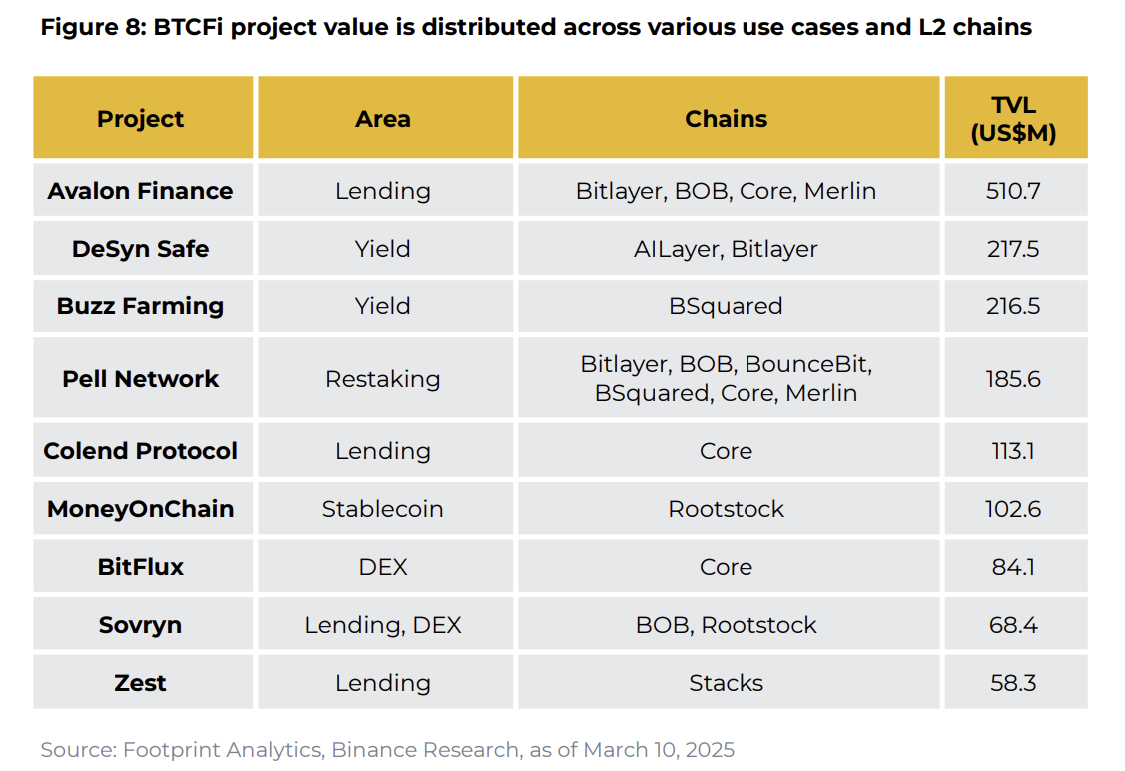
Overall, BTCFi applications function similarly to DeFi on other chains. The space is dominated by dApps offering restaking, liquid staking, money markets, DEXes, stablecoins, and bridges.
Notably, staking services—where protocols allow BTC holders to secure proof-of-stake (PoS) networks—currently dominate BTCFi TVL.
Unsurprisingly, such significant growth has attracted many investors to the BTCFi sector in 2024. The number of investment deals has risen from 19 to 115 over the past two years. During this period, more than $491 million has been invested, with over 86% of venture capital allocated after 2024.
Investors predict that this market could at least triple in the next few years, potentially reaching the WBTC market cap of $31 billion.
The growth of BTCFi is not only important for the ecosystem—it could also be vital for Bitcoin’s security model in the future. As mining rewards decline, miners will need to rely more on transaction fees for revenue. BTCFi could make Bitcoin a much more active blockchain than it is today, helping to increase miner revenues.
However, this development path does not come without challenges.
Historically, Bitcoin’s architecture was not designed to support complex financial applications, and its blockchain was not built to handle smart contracts. As a result, designing solutions around its architecture presents challenges and requires workarounds. From a user perspective, this also means security trade-offs, which pose risks for holders.
BTCFi cannot simply replicate existing DeFi models from Ethereum—it must find its own development path, one that aligns with Bitcoin’s technical and cultural landscape.
This will undoubtedly take time, but given the opportunity, it will certainly be worth it.

